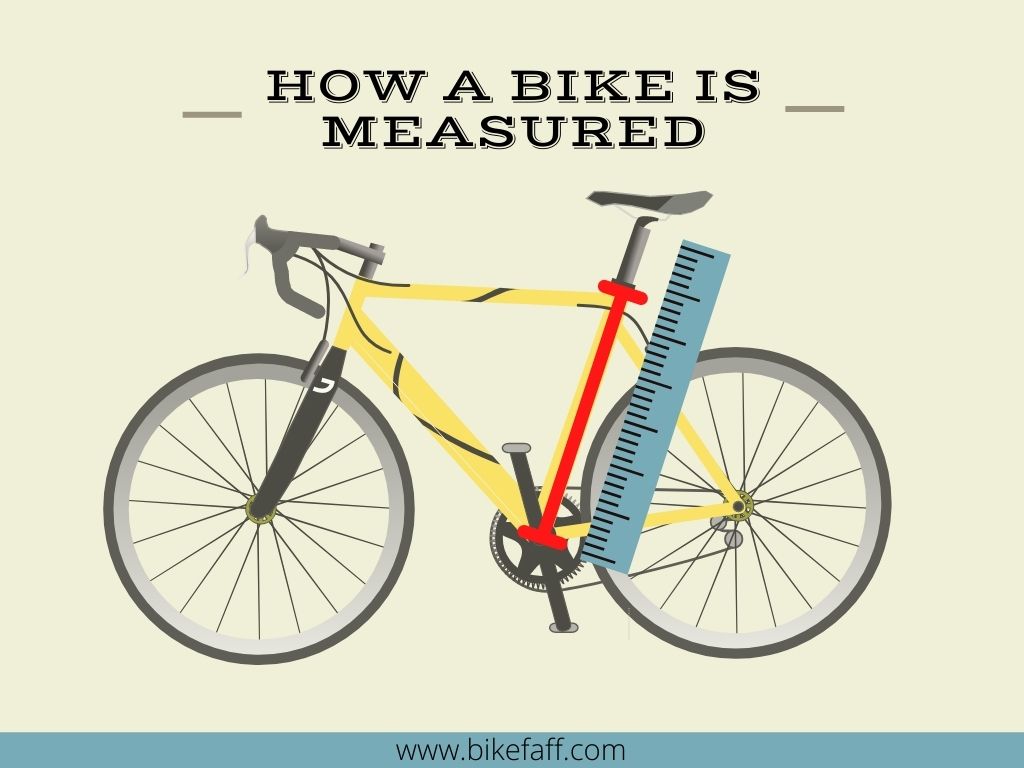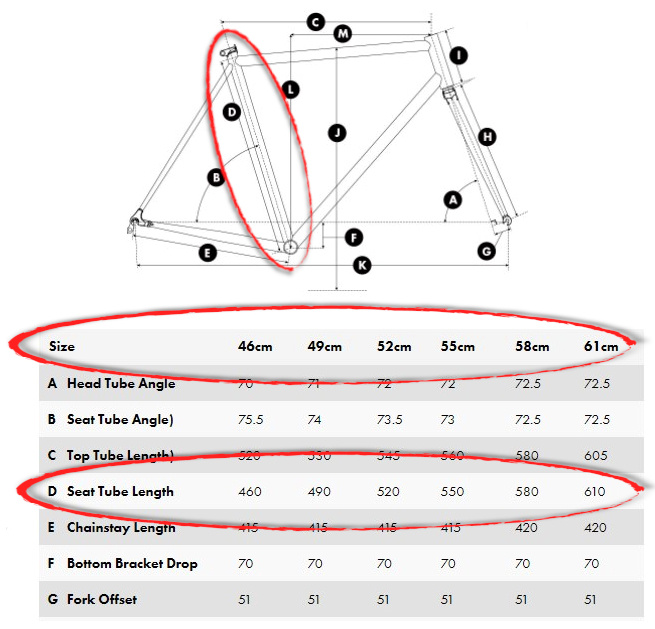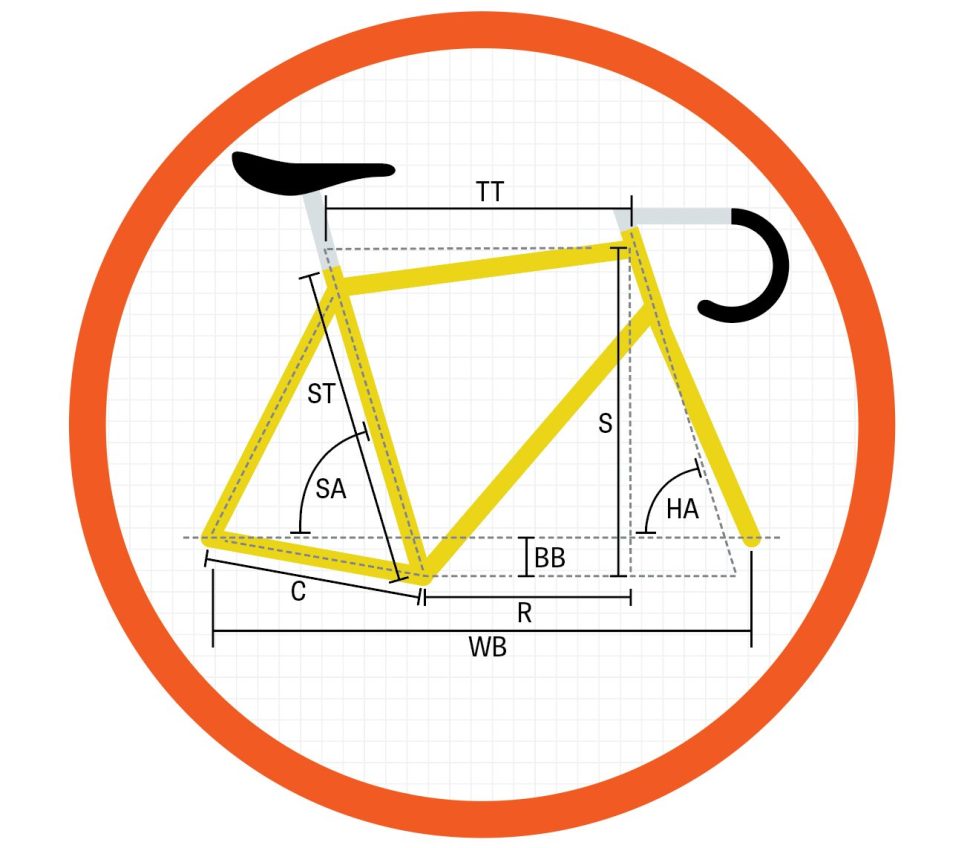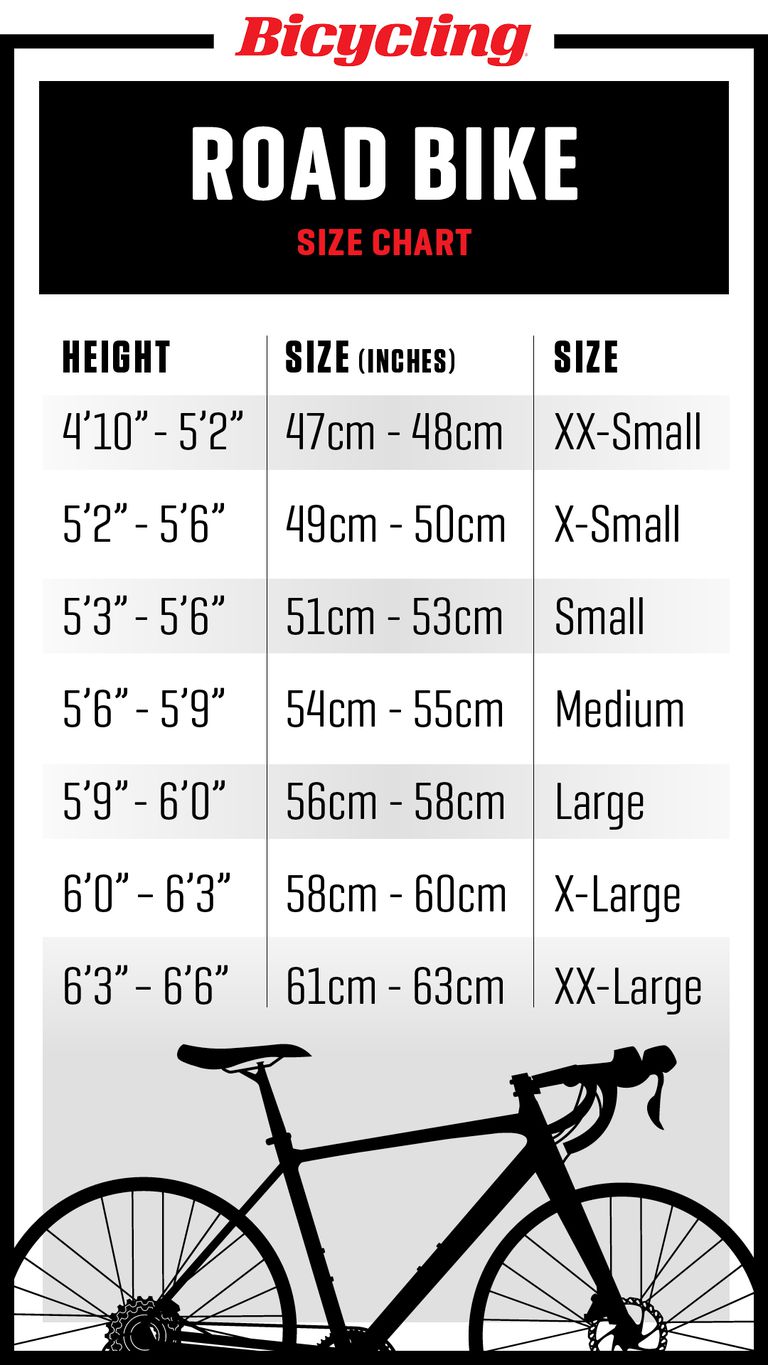Why Proper Bike Fit Matters
A proper bike fit is essential for a comfortable, efficient, and safe ride. When a bike is tailored to a rider’s unique body measurements, it can make all the difference in their performance and overall cycling experience. Measuring bicycle frame size is a crucial step in achieving this perfect fit, as it ensures that the bike is proportionate to the rider’s body.
One of the primary benefits of proper bike fit is improved comfort. When a bike is fitted correctly, it can reduce the risk of discomfort, pain, and injury. This is especially important for riders who spend extended periods on their bike, as a poorly fitting bike can lead to fatigue, numbness, and strain.
In addition to comfort, a proper bike fit can also increase efficiency. When a rider is positioned correctly on their bike, they can generate more power, conserve energy, and maintain a faster pace. This is because a well-fitting bike allows the rider to maintain an aerodynamic position, reducing air resistance and maximizing their pedaling efficiency.
Furthermore, proper bike fit can reduce the risk of injury. A bike that is too small or too large can put unnecessary strain on the rider’s muscles and joints, leading to injuries such as back pain, neck strain, and knee problems. By measuring bicycle frame size and ensuring a proper fit, riders can minimize their risk of injury and enjoy a safer, more enjoyable ride.
Understanding Your Body Measurements
To determine the ideal bicycle frame size, it’s essential to take accurate body measurements. This involves measuring key aspects of the body, including inseam, arm length, and torso length. By understanding these measurements, riders can ensure a proper fit and optimize their cycling performance.
Inseam, also known as inside leg length, is the distance from the floor to the top of the inner thigh. This measurement is crucial in determining the correct saddle height and ensuring that the rider can comfortably place both feet flat on the ground when stopped. To measure inseam, stand against a wall with feet shoulder-width apart and measure the distance from the floor to the top of the inner thigh.
Arm length, or arm span, is the distance from the shoulder to the wrist. This measurement affects the handlebar height and overall riding position. To measure arm length, stand against a wall with arms relaxed by your sides and measure the distance from the shoulder to the wrist.
Torso length, also known as upper body length, is the distance from the shoulder to the hip. This measurement influences the top tube length and overall fit of the bike. To measure torso length, stand against a wall with arms relaxed by your sides and measure the distance from the shoulder to the hip.
By taking these body measurements, riders can determine their ideal bicycle frame size and ensure a comfortable, efficient, and safe ride. Measuring bicycle frame size is a crucial step in achieving this perfect fit, as it ensures that the bike is proportionate to the rider’s body.
How to Measure Your Bicycle Frame
Measuring bicycle frame size is a crucial step in finding the perfect fit. To ensure accuracy, it’s essential to take precise measurements of the frame. Here’s a step-by-step guide on how to measure a bicycle frame:
1. **Seat Tube Length**: Measure the distance from the center of the bottom bracket to the top of the seat tube. This measurement is critical in determining the correct saddle height and ensuring a comfortable riding position.
2. **Top Tube Length**: Measure the distance from the center of the head tube to the center of the seat tube. This measurement affects the overall fit and comfort of the bike, as it determines the distance between the handlebars and the saddle.
3. **Wheelbase**: Measure the distance from the center of the front wheel to the center of the rear wheel. This measurement influences the bike’s stability, handling, and overall ride quality.
4. **Standover Height**: Measure the distance from the ground to the top of the top tube. This measurement is essential in determining the correct frame size, as it ensures that the rider can comfortably stand over the bike with both feet flat on the ground.
When measuring bicycle frame size, it’s essential to take precise measurements to ensure a comfortable, efficient, and safe ride. By following these steps, riders can determine their ideal frame size and find the perfect fit.
Deciphering Bicycle Frame Size Charts
Once you have taken your body measurements and measured your bicycle frame, it’s essential to understand how to read and interpret bicycle frame size charts. These charts are provided by manufacturers to help riders determine the ideal frame size based on their body measurements.
Bicycle frame size charts typically include measurements in inches, centimeters, or a combination of both. To ensure accuracy, it’s crucial to understand how to convert between different measurement systems. For example, if a chart lists frame sizes in inches, but your measurements are in centimeters, you’ll need to convert your measurements to inches to determine the correct frame size.
When reading a bicycle frame size chart, look for the following information:
– **Seat Tube Length**: This measurement corresponds to the distance from the center of the bottom bracket to the top of the seat tube.
– **Top Tube Length**: This measurement corresponds to the distance from the center of the head tube to the center of the seat tube.
– **Standover Height**: This measurement corresponds to the distance from the ground to the top of the top tube.
– **Wheelbase**: This measurement corresponds to the distance from the center of the front wheel to the center of the rear wheel.
By understanding how to read and interpret bicycle frame size charts, riders can ensure a proper fit and optimize their cycling performance. Remember, measuring bicycle frame size is a crucial step in finding the perfect fit, and understanding frame size charts is essential in making an informed decision.
Factors to Consider Beyond Frame Size
While measuring bicycle frame size is a crucial step in finding the perfect fit, it’s not the only factor to consider. Other essential elements that affect bike fit include saddle height, handlebar height, and pedal stroke.
**Saddle Height**: The saddle height should be adjusted to allow for a slight bend in the knee when the pedal is in its lowest position. This ensures that the rider can maintain a comfortable pedaling position and avoid putting excessive strain on the knees.
**Handlebar Height**: The handlebar height should be adjusted to allow the rider to maintain a comfortable riding position, with their hands in a neutral position and their elbows slightly bent. This helps to reduce strain on the neck, back, and shoulders.
**Pedal Stroke**: The pedal stroke should be smooth and efficient, with the rider able to maintain a circular motion without excessive strain on the knees or ankles. A proper pedal stroke can help to improve cycling efficiency and reduce the risk of injury.
In addition to these factors, riders should also consider their riding style, including their posture, pedaling technique, and braking habits. By taking these factors into account, riders can optimize their bike fit and achieve a more comfortable, efficient, and enjoyable ride.
Remember, measuring bicycle frame size is just the starting point in finding the perfect fit. By considering these additional factors, riders can fine-tune their bike fit and achieve optimal performance.
Popular Bicycle Brands and Their Sizing Charts
When it comes to measuring bicycle frame size, it’s essential to consult the sizing charts provided by the manufacturer. Different brands have their own unique sizing charts, which can make it challenging to determine the perfect fit. Here, we’ll explore some popular bicycle brands and their corresponding sizing charts.
**Trek**: Trek’s sizing chart takes into account the rider’s height, inseam, and arm length to determine the ideal frame size. Their chart provides a range of frame sizes, from 14 inches to 23 inches, to accommodate riders of various heights and body types.
**Giant**: Giant’s sizing chart is based on the rider’s height and inseam, with a focus on providing a comfortable riding position. Their chart offers a range of frame sizes, from 14 inches to 22 inches, to suit riders of different heights and riding styles.
**Specialized**: Specialized’s sizing chart is designed to provide a precise fit, taking into account the rider’s height, inseam, and arm length. Their chart offers a range of frame sizes, from 15 inches to 23 inches, to accommodate riders of various heights and body types.
These are just a few examples of popular bicycle brands and their sizing charts. It’s essential to consult the manufacturer’s sizing chart when measuring bicycle frame size to ensure a perfect fit. By doing so, riders can optimize their cycling performance, reduce the risk of injury, and enjoy a more comfortable ride.
Common Mistakes to Avoid When Sizing a Bicycle
When it comes to measuring bicycle frame size, there are several common mistakes that riders make, which can lead to discomfort, inefficiency, and even injury. By being aware of these mistakes, riders can take steps to avoid them and ensure a perfect fit.
**Neglecting to Consider Riding Style**: One of the most common mistakes riders make is neglecting to consider their riding style when measuring bicycle frame size. Different riding styles, such as road racing, mountain biking, or commuting, require different frame sizes and geometries. Failing to consider riding style can result in a poor fit and decreased performance.
**Not Test-Riding a Bike Before Purchase**: Another common mistake is not test-riding a bike before purchase. Test-riding a bike allows riders to get a feel for the bike’s fit and handling, and make any necessary adjustments before committing to a purchase.
**Relying on General Sizing Charts**: Relying solely on general sizing charts can also lead to a poor fit. These charts are often based on averages and may not take into account individual variations in body shape and size. Riders should consult the manufacturer’s sizing chart and consider their own unique measurements when measuring bicycle frame size.
**Ignoring the Importance of Proper Fit**: Finally, some riders may ignore the importance of proper fit altogether, assuming that a bike will “break in” over time. However, a poor fit can lead to discomfort, fatigue, and even injury, making it essential to prioritize proper fit when measuring bicycle frame size.
By avoiding these common mistakes, riders can ensure a perfect fit and optimize their cycling performance. Remember, measuring bicycle frame size is a crucial step in finding the perfect bike, and taking the time to get it right can make all the difference.
Getting a Professional Fit: When to Seek Expert Help
While measuring bicycle frame size can be a DIY-friendly task, there are situations where seeking professional help from a bike fitter is necessary. A bike fitter can provide a custom fit, taking into account the rider’s unique body measurements, riding style, and goals. This is especially important for riders who require a high level of precision and customization.
**Riders with Injuries or Disabilities**: For riders with injuries or disabilities, a custom fit is essential to ensure comfort, safety, and optimal performance. A bike fitter can work with the rider to create a bespoke fit, accommodating any physical limitations or special needs.
**High-Performance Riders**: Competitive cyclists and high-performance riders also benefit from a professional fit. A bike fitter can fine-tune the fit to optimize power output, aerodynamics, and efficiency, giving the rider a competitive edge.
**Custom or Bespoke Bicycles**: When purchasing a custom or bespoke bicycle, a professional fit is often included in the process. The bike fitter works closely with the rider to design and build a bike that meets their specific needs and preferences.
**When to Seek Expert Help**: If you’re unsure about measuring bicycle frame size or require a high level of customization, consider seeking expert help from a bike fitter. They can provide a comprehensive fit assessment, taking into account your body measurements, riding style, and goals. With their expertise, you can ensure a perfect fit and optimize your cycling performance.
Remember, measuring bicycle frame size is just the first step in finding the perfect bike. By considering your unique needs and seeking professional help when necessary, you can enjoy a comfortable, efficient, and enjoyable ride.







